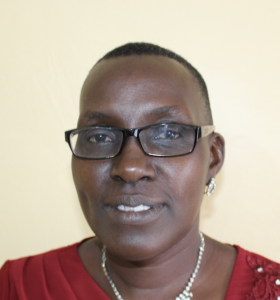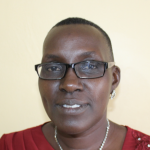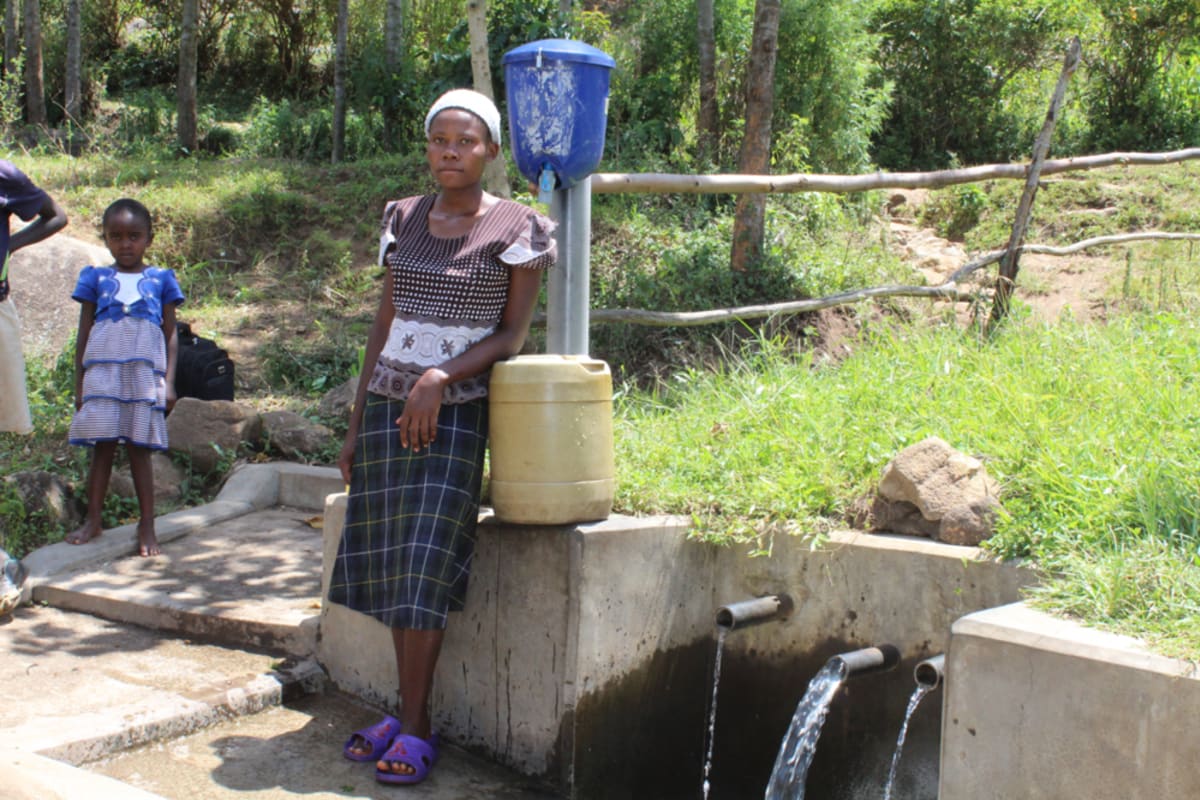There are 560 people living in this part of Imbinga Community who have to use dirty water on a daily basis.
Their main water source is Arunga Spring - an open, unprotected water source. Community members bring a small cup along with their large containers because the drawing point is so small. Water is continuously bailed with the cup until the larger jerrycan is full.
There is a dispenser that is supposed to be full of chlorine, but there was none there during our visit. Community members now use this dispenser to help raise their containers up onto their heads for the walk home.
"I have to be at the spring before everyone so that I can draw drinking water since I cannot afford firewood to boil it," said Mrs. Caro Ambetsa.
That's because the more people fetching water, the more the mud at the bottom of the spring rises up and contaminates the water.
Caro and her neighbors suffer from typhoid, cholera, and other waterborne illnesses. The most common complication is bilharzia (schistosomes), a neglected tropical disease caused by parasitic worms. The water users report that they can suffer from bilharzia just from stepping in Arunga Spring to fill their containers.
The community here is in dire need of safe and clean drinking water. They were eagerly awaiting our first visit. Many children die prematurely because of waterborne diseases. Protecting the spring will allow the children to grow up healthy.
What we can do:
Training
Community members will attend hygiene and sanitation training for at least two days. This training will ensure participants have the knowledge they need about healthy practices and their importance. The facilitator plans to use PHAST (Participatory Hygiene and Sanitation Transformation), CLTS (Community-Led Total Sanitation), ABCD (Asset-Based Community Development), group discussions, handouts, and demonstrations at the spring. One of the most important topics we plan to cover is the handling, storage, and treatment of water. Having a clean water source will be extremely helpful, but it is useless if water gets contaminated by the time it’s consumed.
Training will also result in the formation of a committee that will oversee operations and maintenance at the spring. They will enforce proper behavior around the spring and delegate tasks that will help preserve the site, such as building a fence and digging proper drainage. The fence will keep out destructive animals, and the drainage will keep the area’s mosquito population at a minimum.
Sanitation Platforms
Only a third of the community members using Arunga Spring have a good place to use the bathroom. The families that do not have a pit latrine use the privacy of bushes.
"Most of us go to the bush especially at night since we do not have latrines," Anne Murenga admitted.
On the final day of training, participants will select five families that should most benefit from new latrine floors.
Training will also inform the community and selected families on what they need to contribute to make this project a success. They must mobilize locally available materials, such as bricks, clean sand, hardcore, and ballast. The five families chosen for sanitation platforms must prepare by sinking a pit for the sanitation platforms to be placed over. All community members must work together to make sure that accommodations and food are always provided for the work teams.
Spring Protection
Protecting the spring will ensure that the water is safe, adequate and secure. Construction will keep surface runoff and other contaminants out of the water. With the community’s high involvement in the process, there should be a good sense of responsibility and ownership for the new clean water source.
Fetching water is predominantly a female role, done by both women and young girls. Protecting the spring and offering training and support will, therefore, help empower the female members of the community by giving them more time and efforts to engage and invest in income-generating activities.

 Protected Spring
Protected Spring
 Rehabilitation Project
Rehabilitation Project









































